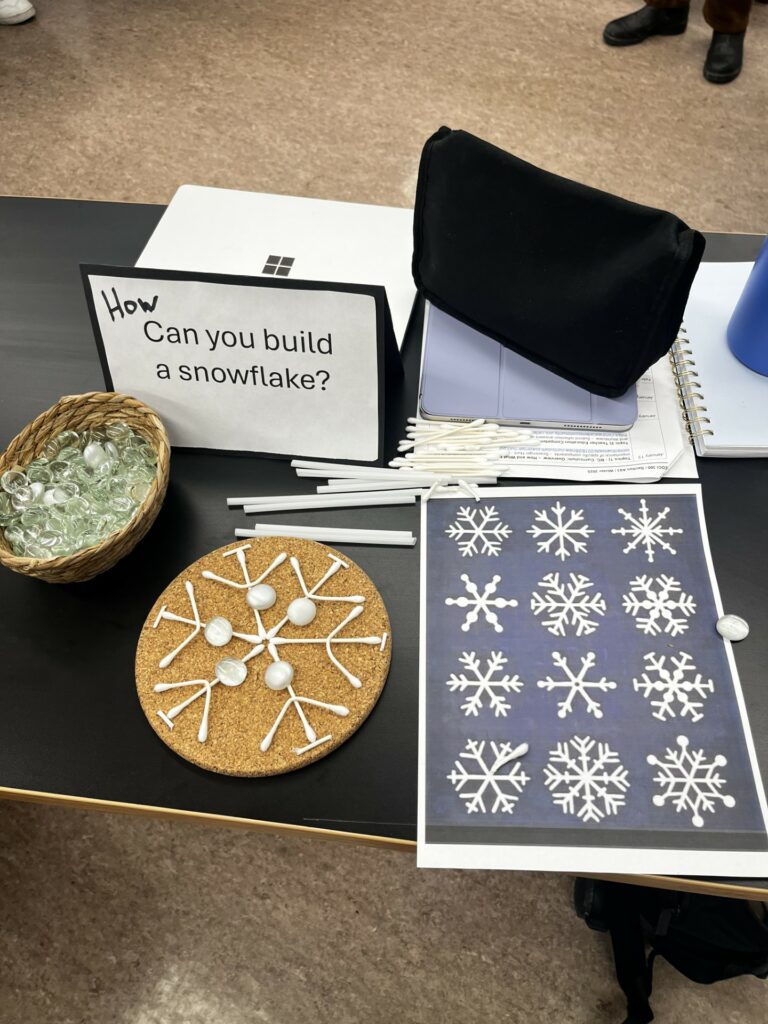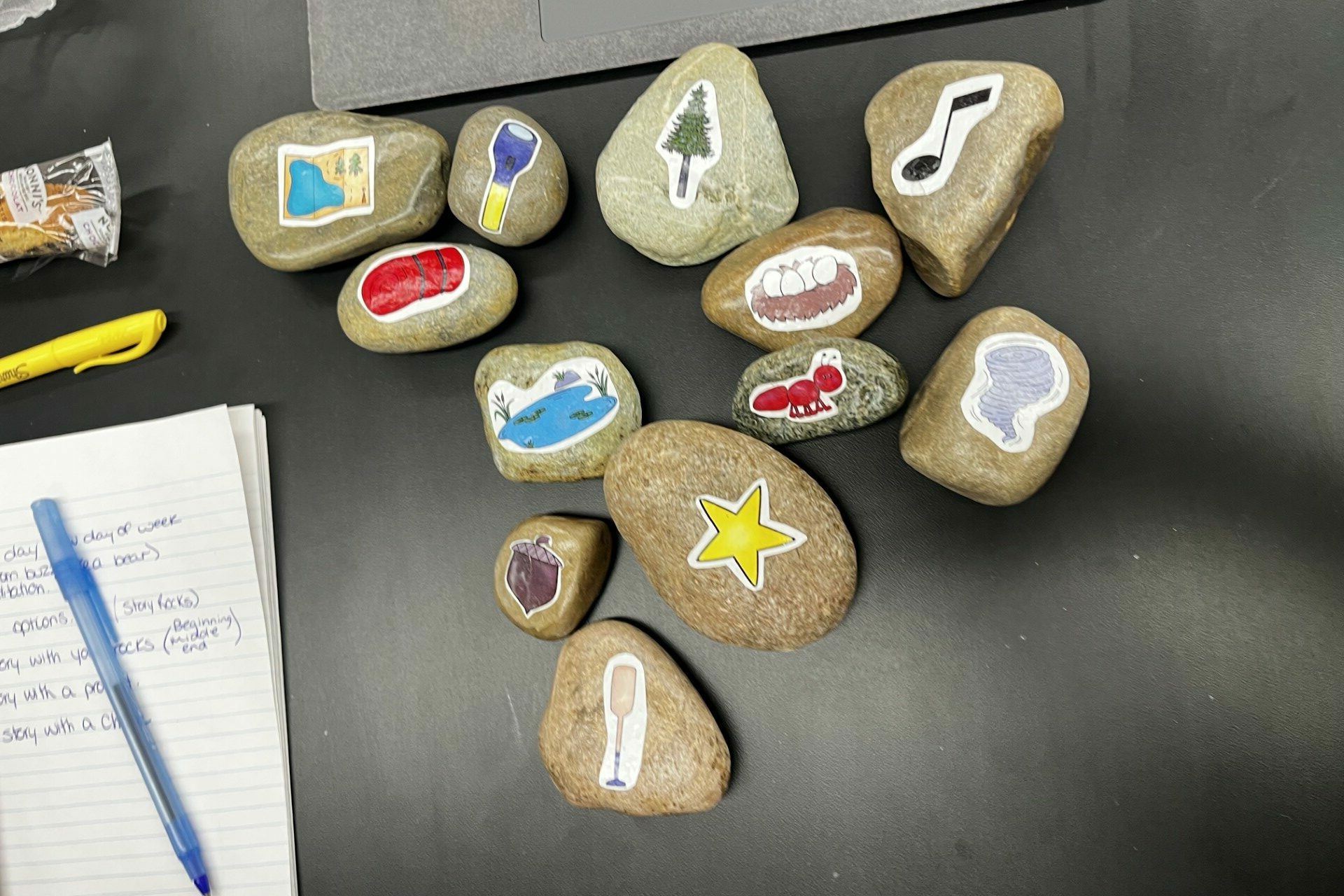Soft Starts
Soft Starts and Provocations have become extremely popular in classrooms grades 1-3 that I have seen. Soft starts are where the teachers have a low-pressure activity for students to do before moving into the academic part of the day. I have been in several different classrooms and witnessed various kinds of soft starts. Students really enjoy them, and it gives them the opportunity to create more community and connection within the classroom, as well as they are a wonderful time to practice social emotional learning. In my future classroom soft starts and provocations are something I wish to incorporate.
Why Should You Use Soft Starts?
By incorporating soft starts into the day, it can enhance students’ readiness to learn. Soft starts are low pressure activities enabling students to feel more grounded at school, before smoothly transitioning into the academic parts of the day. Research indicates that soft starts not only reduce anxiety and promote social emotional well being but also encourage independence and responsibility among students. Beginning the day in a positive and calming way, soft starts set a positive tone for the day, leading to improved focus and academic performance.
Different Types of Soft Starts:
Soft Starts include/are not limited to:
-Quiet Reading/Journalling
-Centres

-Educational Puzzles
-Stem Activities
-Drawing/Colouring, and Crafts
-Mindfulness activities done as a class
Provocations
Provocations in the classroom setting are open ended activities that are designed to spark curiosity, critical thinking, and student led exploration. Provocations are another great way to get students to engage in exploration. The key purpose of provocation is to inspires student inquiry, encourage collaboration, and support deeper learning by allowing students to drive their own understanding based on their interests and prior knowledge.
Why Incorporate Provocations?
Incorporating provocations into the classroom can significantly enhance student engagement and learning. Provocations are designed to stimulate students curiosity, prompting them to explore, question, and discuss various concepts. By presenting materials or scenarios that challenge existing knowledge provocations encourage critical thinking and active particpation.
Source: Powerful Provocations for Learning: Sparking curiosity and increasing engagement — The Learner’s Way
Different Kinds of Provocations

-Visual Provocations: Use paintings, photographs, videos, or artifacts to provoke curiosity and discussion
-Sensory Provocations: Engage students through touch, smell, sound, or taste
-Literature Based Provocations: Introduce a picture book, poem, or excerpt from story to spark ideas and questions
Source: Engage early learners using provocations | Famly

Provocations and soft starts relate to many of the UVIC Teacher Competencies by promoting inquiry, inclusivity, and student engagement. For example, Competency 6: Practices respect for all learners from all cultures, includimg Indigenous learners is supported when teachers use culturally responsice provocations that reflects diverse worldviews and live experiences, encouraging students to appreciate and engage with differnet perspectives.
Additionally, Competency 12: Develop an understanding of how learners learn is addressed when teachers implement soft starts, as these activities help teachers observe and understand how students engage, collaborate, and self regulate, providing valuable insights into learning preferences and needs.
Source:
Teacher Education Program Competency Guide | UVIC Teacher Education

